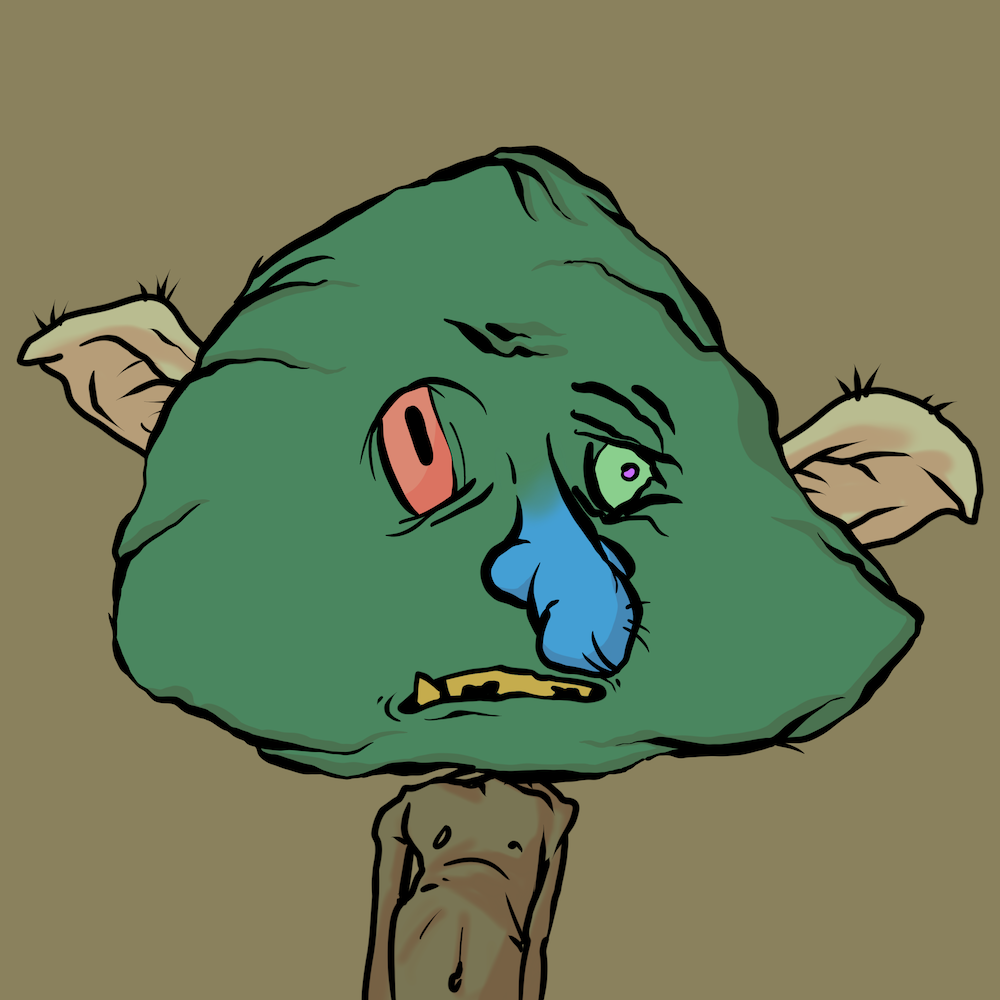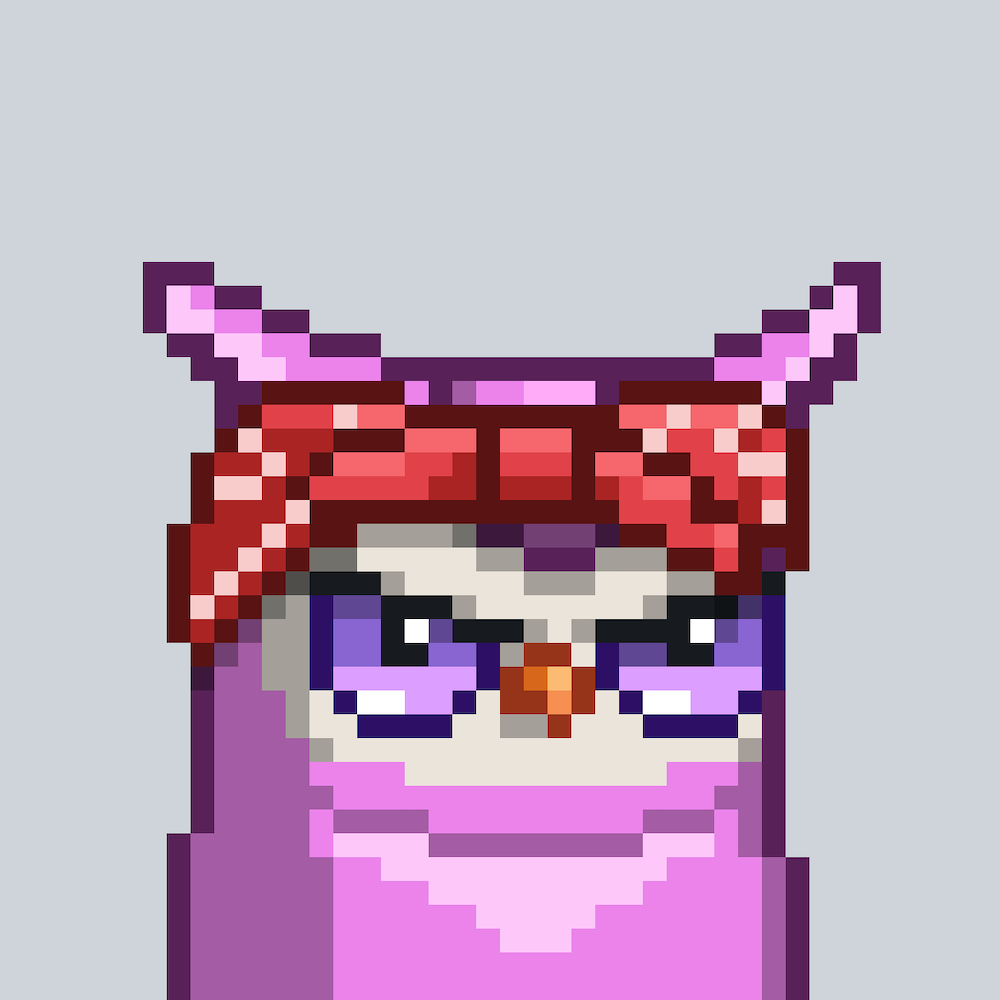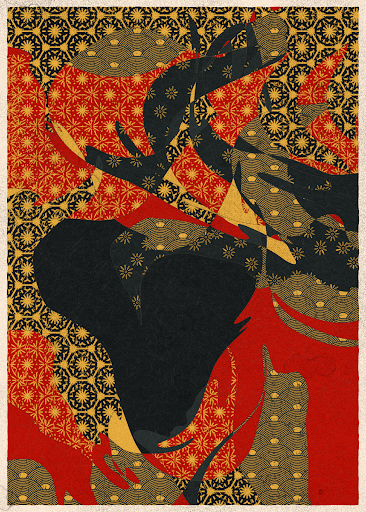The NFTs market was much quieter in 2022 than in 2021 as the crypto sector entered what some have called its hardest winter yet. But several recent occurrences give NFT supporters new cause for optimism. Many promising new competitors have entered the market since OpenSea, one of the big winners of the surge last year, but none have yet managed to unseat it.
In this review, we chose five of our favourite drops that impacted the market over the year. In 2022, generative art enjoyed a successful run, the market flocked to the most touted avatar mints, and Yuga Labs showed that the Bored Ape craze is still alive.
goblintown.wtf
NFT collections like goblintown.wtf can shock the market even amid a bear market. It comprises 9,999 ugly goblin avatars released on May 21 as a stealth mint for free.

Due to a mention of goblins in a leaked pitch deck, many crypto community members hypothesised that the collection might be connected to Yuga Labs. Others noted that the goblin voices and imagery from a mysterious Twitter call reminded them of Mike Judge’s Beavis and Butthead, which fueled rumours that he was at least partially to blame.
The prices of goblin NFTs on the secondary market increased along with the excitement and speculative fervour. At its height, goblins were worth up to 10 ETH, or about $20,000. The collection’s rarest item, “Crustybutt da gobblin king,” sold for 69.42 ETH and continues to have the highest secondary sale price.
Otherdeed for Otherside
The hype peaked with the release of Otherside, Yuga’s long-promised Metaverse world. A landmark acquisition of Larva Labs’ CryptoPunks and Meebits collections and the massive ApeCoin airdrop accelerated the hype.

In April, a much-anticipated mint for virtual property plots called Otherdeeds marked the beginning of Otherside. The 55,000 digital property parcels were in such high demand that gas fees rose to hundreds of dollars. After all, Yuga had made nearly $310 million in ApeCoin, making this drop the most successful in NFT history.
As with every significant drop like this, there was a buzz surrounding the Otherdeeds NFTs. The 10,000 plots with the distinctive alien-like “Kodas” and the far more uncommon “Mega Kodas,” who play leading roles in Otherside, skyrocketed on the secondary market. However, prices have since calmed as crypto winter reigns.
Moonbirds – PROOF_XYZ
10,000 pixel art owl avatars from the art collective PROOF’s Moonbirds collection were uploaded to the Ethereum blockchain in April. This year’s most expected collection, Moonbirds, stood out due to how simple it was for minters to swiftly make huge sums of money.

The collection charged a hefty 2.5 ETH ($7,600 at the time) right out of the gate, but demand far outweighed the collection’s 7,875 public supply. Naturally, Moonbirds slowly declined on the secondary market as interest in NFTs waned as crypto winter set in.
The PROOF team conducted a raffle to select the winners of the allocation process to ensure fairness. Interested parties had to submit a wallet containing 2.5 ETH to be eligible. When all the entries were received, the team disclosed that each available NFT had received about four entries into the allowlist raffle.
QQL—Tyler Hobbs and Dandelion Wist
The work of American artist Tyler Hobbs, QQL, may be his most influential for years to come. For QQL, a collaborative experiment invites the collector to assume the role of the creator. By experimenting with various settings, fans can learn more about the QQL algorithm and produce their own outcomes.

Co-creators can wait to produce their finest work because the collection is collaborative, and the algorithm’s depth creates unexpected variance in each piece. At its foundation, QQL has recognisable ring forms in various colour schemes similar to Fidenza. Still, the algorithm is far more sophisticated and deeper than the one that made Hobbs famous.
999 QQL mint passes were offered for sale at 14 ETH in a September Dutch auction. Only 150 passes had been used at the time of publication, suggesting that collectors intended to keep their keys for a while. QQL may play a significant role in the history of generative art if Hobbs continues to be at the forefront of it in the future.
Memories of Qilin—Emily Xie
An important player in the generative art community, Emily Xie is an Asian-American generative artist based in New York. After the release of Memories of Qilin in 2022, which pays homage to traditional East Asian painting and has the look and feel of something that might have been done by hand, her profile increased.

Xie produced a collection of 1,024 eye-catching outputs that evoke realistic images using p5.js geometric design and masking techniques. Memories of Qilin is a folklore exploration whose title refers to a unicorn-like creature from Chinese mythology.
Memories of Qilin were initially ignored outside of the relatively small generative art scene and released in March as the market was trending downward.
The floor price, however, later increased and has continued to hold steady as interest in NFTs declines.














